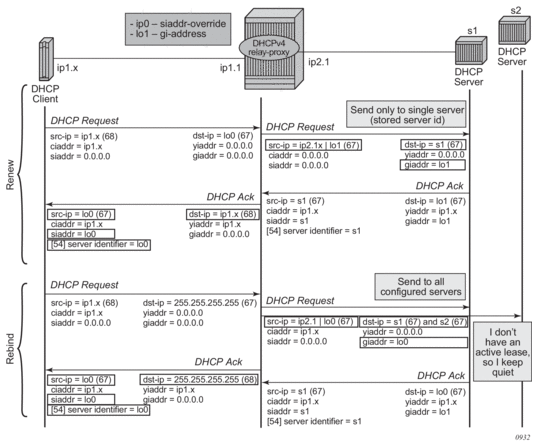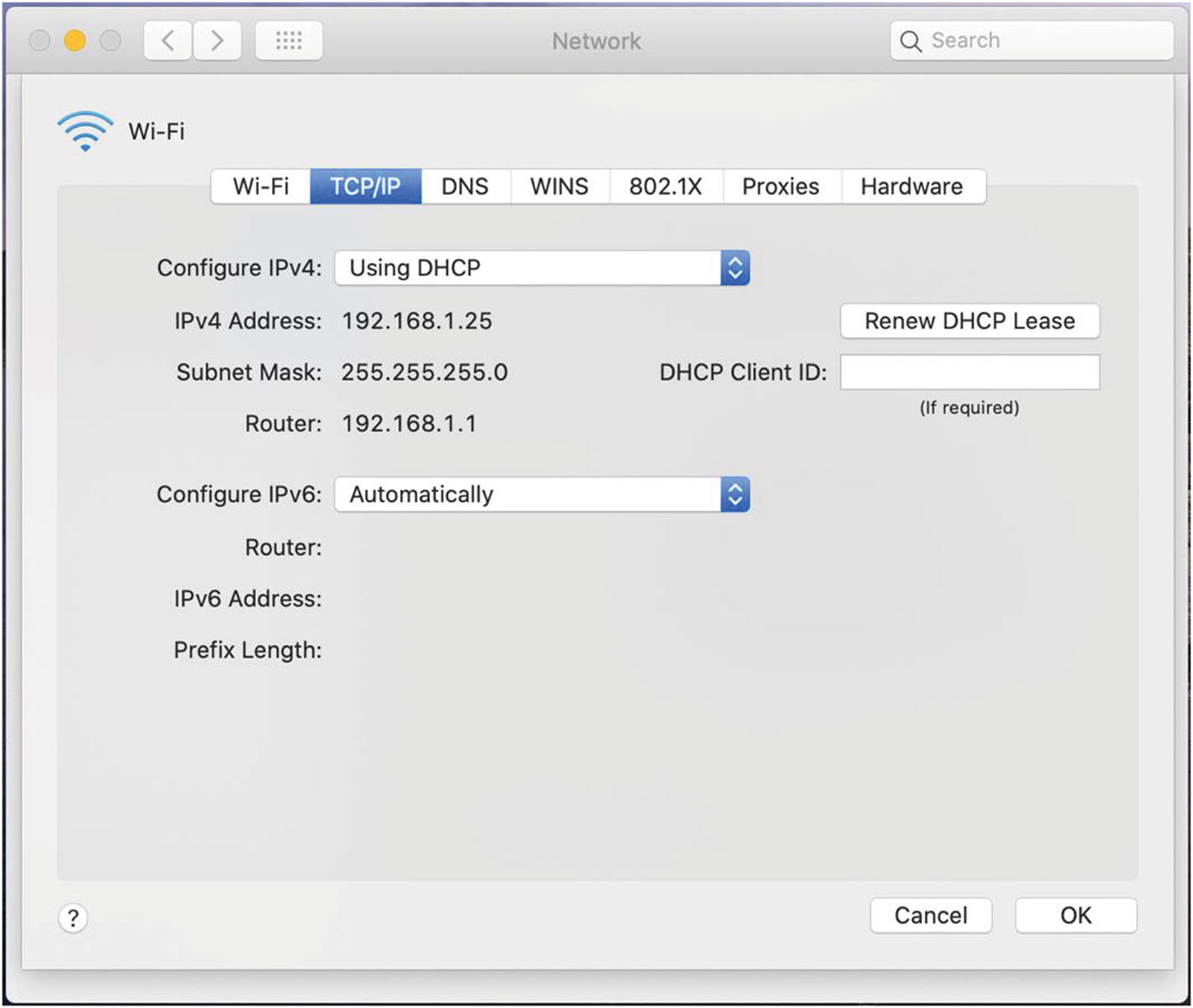

- #Mac asking for dhcp client id change ip software#
- #Mac asking for dhcp client id change ip mac#
No high availability or redundancy of the DHCP bindings. Administrator must log into the switch/router individually to get information about DHCP bindings. No ability to e asily manage the scope and see the current DHCP bindings and leases across multiple routers. The router/switch DHCP server cannot create an entry into DNS on behalf of the client based on the IPv4 address that was leased to the client. The resources required make this practice not suitable for a network with a large number (> 150) of DHCP clients. #Mac asking for dhcp client id change ip software#
These DHCP packets are handled in software (not hardware accelerated forwarding).
Running a DHCP server on a router/switch consumes resources on the network device. However, there are limitations to using a router/switch as a DHCP server a DHCP server whereby the router/switch services DHCP requests directly. a DHCP relay and forward UDP DHCP messages from clients on a LAN to and from a DHCP server. a DHCP client and obtain an interface IPv4 address from an upstream DHCP service. Most routers/switches have the ability to provide the following DHCP server support: This is typically done by the network administrator who needs to get a DHCP capability up and running quickly but does not have access to a DHCP server. There are many enterprise companies who are still using DHCP for IPv4 on their routers/switches. 
When to use a router/switch as your DHCP Server DHCP servers usually assign each client with a unique dynamic IP address, which changes when the client’s lease for that IP address has expired. Without it, the network administrator has to manually set up every client that joins the network, which can be cumbersome, especially in large networks. It relies on the standard protocol known as Dynamic Host Configuration Protocol or DHCP to respond to broadcast queries by clients.Ī DHCP server automatically sends the required network parameters for clients to properly communicate on the network. I'm not going to try and refine/disprove that, though.A DHCP Server is a network server that automatically provides and assigns IP addresses, default gateways and other network parameters to client devices. If there's no client ID, then you'll get what you're given'. I'm hesitant to guess, but the DHCP server seems to have a 'If you've got a client ID set, and you've asked for an available IP address, you can have it.

So that was fun, and I think I might have a more stable IP now.
#Mac asking for dhcp client id change ip mac#
Set the client ID back to the MAC address, where I intend to leave it, and clicked apply. I prepended "MAC-" to the Client ID, so it's now ("MAC-") and clicked apply. I rebooted the router, No IP address change. I set the client ID back to the same WAN-side MAC address and clicked apply. I set the Client ID back to blank and clicked apply. I rebooted the router again, no IP address change. I set the client ID to the WAN-side MAC address of the router. Initially, Client ID was blank, and I had IP address 92.14.XXX.XXX. Here is what happened: (IP addresses obscured) Cue some googling.Īfter a clue from this post, I thought it might get me somewhere. There's an interesting setting in the WAN settings on the asus merlin firmware called 'Manual clientid (Option 61)'.







 0 kommentar(er)
0 kommentar(er)
